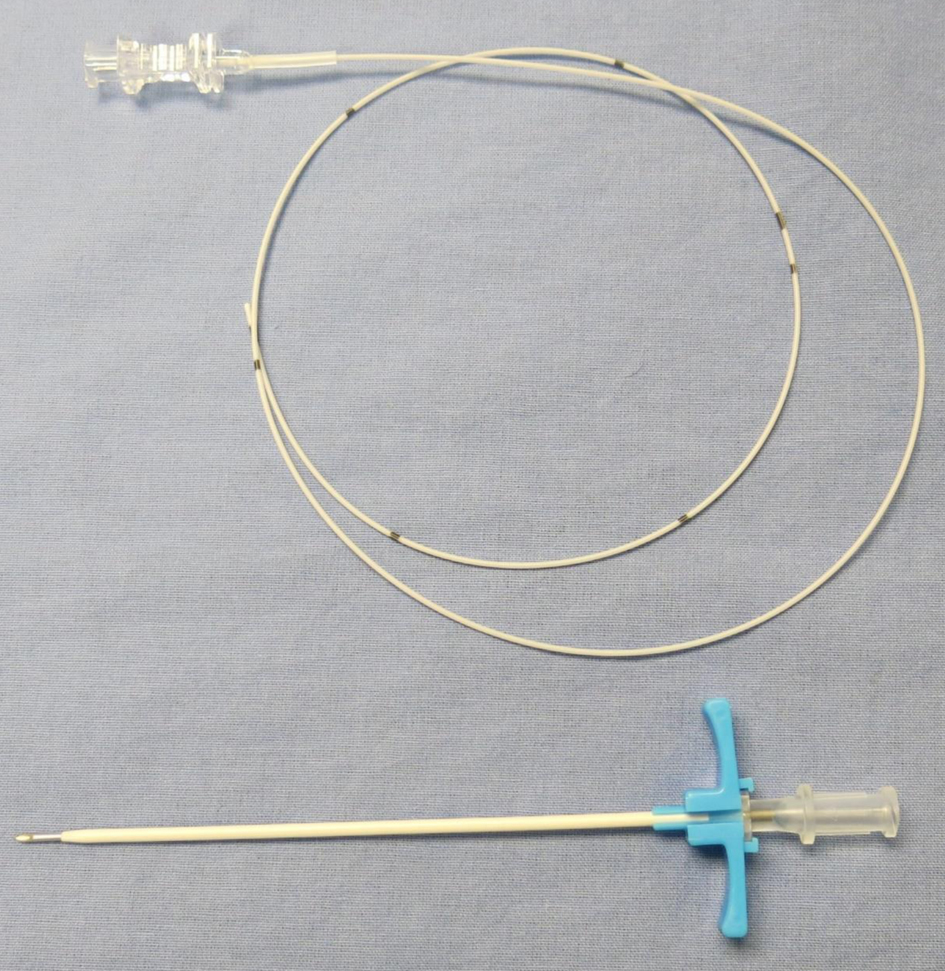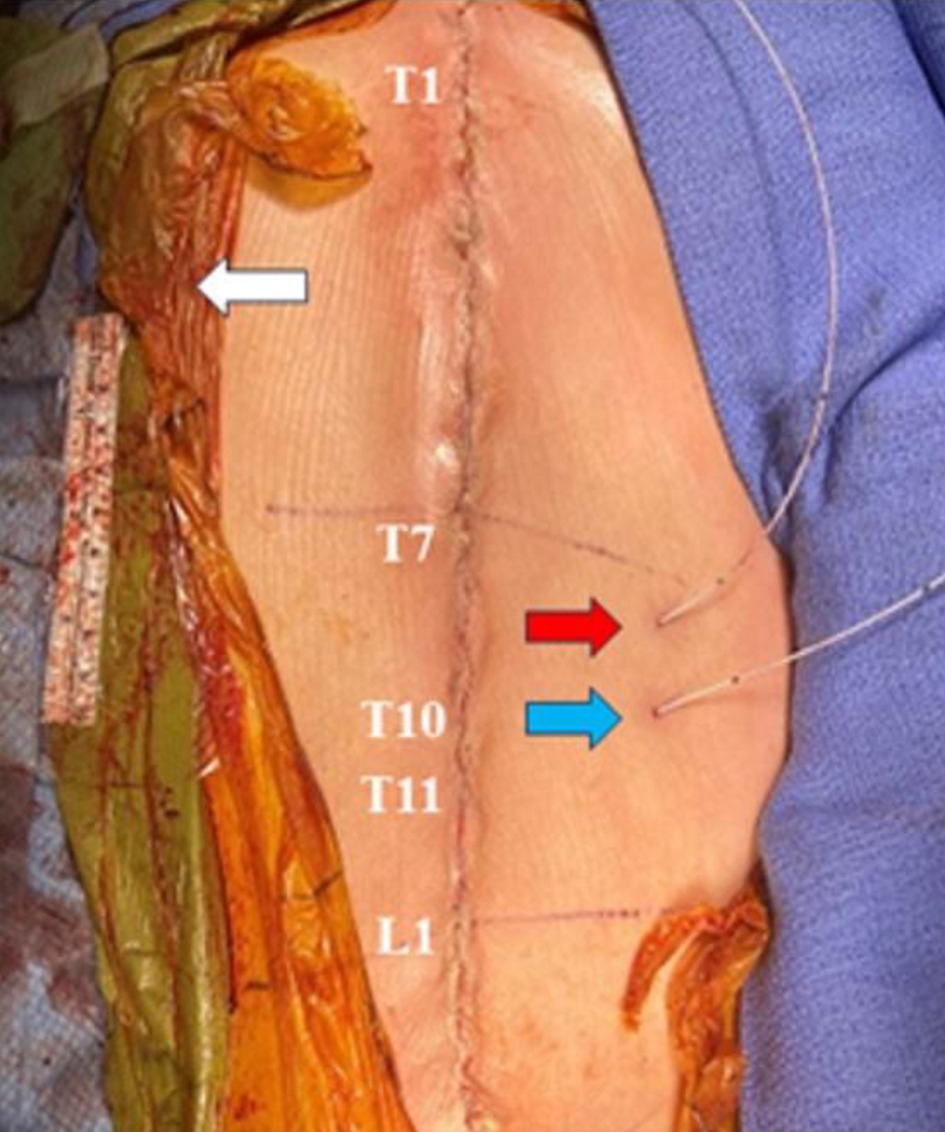
Figure 1. Photograph of a 19-gauge wound catheter with 60 fenestrations at the distal 150 mm of the catheter and break-away needle used for insertion/skin tunnelling. The fenestrations allow an even spread of the local anesthetic solution along the course of the catheter.
